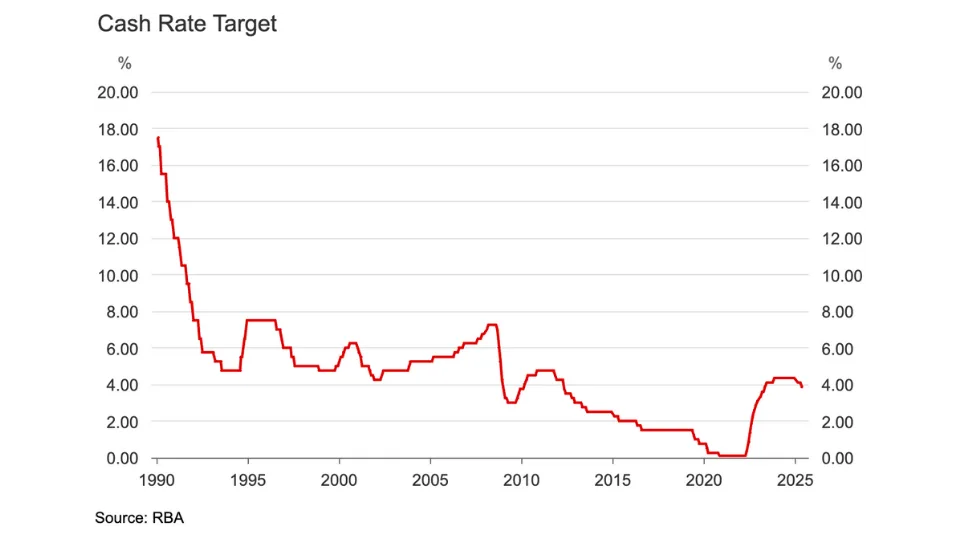Right here on the ASX, there are companies powering the AI revolution.
Unless you’ve been living under a rock, AI is everywhere. In our work tools, headlines, and the soaring share prices of US tech giants.
Artificial intelligence has become an umbrella term for dozens of emerging technologies, from large language models like ChatGPT and Grok to image recognition, automation, and predictive analytics. Yet beneath the surface, one thing is certain: the future of AI will be decided by two scarce resources: energy, and compute.
Every major technological shift, whether the Industrial Revolution or the rise of the internet, created two sets of winners: the innovators and the enablers. The enablers — those who supply the “picks and shovels” — often go unnoticed, yet they tend to compound the longest.
Today, a trio of Australian companies are shaping that story: GenusPlus Group (ASX: GNP), Southern Cross Electrical Engineering (ASX: SXE), and IREN Ltd (NASDAQ: IREN).
GNP: building the powerlines of the digital age
Without reliable, modern networks, AI’s growing energy and connectivity demands simply can’t function.
GenusPlus Group, or Genus, covers the full project lifecycle from design and engineering to commissioning, maintenance, and decommissioning of power and communications infrastructure assets. That makes it a direct enabler of the technologies driving artificial intelligence, data centres, and Australia’s wider electrification push.
What first drew me to Genus wasn’t its headline numbers, but the parallel with what’s happening overseas. In the United States, utility contractors and grid specialists are thriving as governments and corporations rush to replace ageing energy infrastructure. It’s always interesting to look across the Pacific and ask whether similar opportunities exist on the ASX, and in Genus there’s a strong case that they do.
Genus has executed very well.
In FY25, Genus delivered record results: revenue rose 36% to $751 million, operating earnings (EBITDA) climbed 49% to $67.4 million, and profit surged 84% to $35.4 million. Its order book now exceeds $2 billion, supported by a $2.4 billion tender pipeline.
After rising more than 125% in the past year, the Genus share price now better reflects the company’s strong performance and the growth still ahead. It’s a reminder that quality execution and clear demand trends — from energy transition projects to AI-linked infrastructure — rarely stay unnoticed for long. How investors choose to value that future is, of course, up to them.
SXE: wiring the AI and data centre boom
Southern Cross Electrical Engineering, or SCEE, has been part of the ASX for decades but is now entering a new phase. Once known as a mining contractor, it has reinvented itself as a diversified electrical infrastructure group with deep exposure to data centres, renewables, and defence.
In FY25, SCEE delivered record revenue of $801.5 million, up 45.2% year on year, and operating earnings (EBITDA) of $54.8 million, up 36.6%. Management expects earnings to rise another 18–24% in FY26. Southern Cross’ order book and pipeline reflect a broader transformation in Australia’s power grid.
Data centres, the necessary backbone of AI, now represent one of SCEE’s fastest-growing divisions. These facilities can consume more power per square metre than entire suburbs, making electrical engineering a critical skill set.
Southern Cross’ long-term client base spans government, defence, health, and industrial sectors. As AI workloads scale and renewable energy efforts expand, it’s experience in power distribution and complex electrical projects gives it a durable competitive edge.
IREN: from Bitcoin to neocloud
Very few Australian-founded companies have captured global attention like IREN in the past couple of months. The IREN share price has more than tripled in the last 90 days and over 2,000% in two years.
Originally, IREN began with a simple idea from two Aussie brothers, Daniel and Will Roberts: clean up Bitcoin mining by using stranded renewable energy.
With career experience in infrastructure at Macquarie, they saw that cheap, wasted power, for example, in hydro-rich regions of Canada; could be harnessed to run cost-efficient data centres.
IREN’s early Bitcoin data centres were designed around three key advantages — renewable power, modular design and full ownership of every step from site selection to operation. Those same strengths now underpin its AI Cloud and AI Data Centre businesses, which serve the world’s growing demand for high-performance computing.
IREN’s AI Cloud platform lets clients train and run AI models using IREN’s own GPU clusters (IREN is a Preferred Partner of NVIDIA). Meanwhile, its AI Data Centres provide physical capacity — liquid-cooled, rack-ready facilities that can scale rapidly for hyperscalers and enterprise customers. These centres are powered by abundant, low-cost renewable energy, giving IREN one of the lowest operating costs in the industry.
Across North America, IREN now has 810 MW of active capacity and 2.9 GW of contracted power, positioning it among the world’s largest independent AI infrastructure operators. This “vertical integration” (owning and operating every element from construction to cooling) means IREN can scale faster and cheaper than traditional data centre developers. FY25 revenue rose 168% to US $501 million, driven by record performance in Bitcoin mining and a steep acceleration in AI Cloud revenue, which climbed more than 400% year-on-year.
The Roberts brothers’ journey from cleaning up Bitcoin mining to powering AI highlights a broader truth: energy and compute are scarce. Being on the right side of scarcity can be incredibly lucrative.
The enablers powering AI and portfolios
What unites these businesses is not just growth, but scarcity. Reliable power, engineering talent, and compute capacity are all becoming bottlenecks in the new AI economy. That scarcity is what investors are increasingly pricing in.
AI may be the story everyone’s talking about, but beneath the noise, I think the real opportunity is in the picks and shovels: companies building the backbone that keep the lights on, both literally and digitally.










